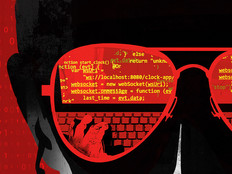Centralized IT Expected to Change the Way Minnesota Operates
After isolating IT efforts in different departments and agencies in the past, Minnesota has opted for a centralized model. The state believes this will make IT more efficient and easier to manage.
The new system will grant MN.IT — the state’s IT agency — even more control over state IT. Their primary initiatives include bringing server hosting to one location and establishing one service desk to reduce the number of virtualized desktops the state has. Chris Buse, the state’s chief information security officer, told StateScoop that scaling back is the key to getting ahead.
“One of the things we’re really focusing on is kind of back-to-basics, bread-and-butter activities,” he explained in April. “There really are a lot of basic blocking and tackling functions.”
Buse seemed more excited about the cybersecurity revamp that’s now possible due to the centralization model:
“We’re kind of jumping on the opportunity right now,” Buse said. “It’s giving me an opportunity to finally get security right for the government as a whole, and it’s a really golden opportunity to bake security into all the government services from the onset. I don’t see very many opportunities in the future to get security right from the get go.”
According to StateScoop, Buse believes that, by scaling back, the MN.IT will eventually be able to offer cybersecurity services to the 78 organizations within its executive branch. Furthermore, he sees the upside of state, local, and federal governments working together on cybersecurity.
“We get probably 20 to 30 pieces of actionable intelligence every day that we use to help us assess and find and fix problems in our security environment.”
Overall, Minnesota hopes that adopting a less-is-more approach will be instrumental in changing how the state handles IT.









